Pat Tillman was a football player with a bright future in the NFL. He was a skilled athlete, but chose to change careers following the September 11th attacks. He enlisted in the US Army and served tours in both Iraq and Afghanistan. It was during his time in Afghanistan that he sadly met his end, and no one anticipated the amount of controversy his death would generate
Pat Tillman’s NFL career

Pat Tillman was born on November 6, 1976 in Fremont, California. An athlete from an early age, he decided to pursue football, leading his high school to the Central Coast Division I Football Championship. He was so skilled at the sport that Arizona State University (ASU) offered him a football scholarship.
While attending ASU, Tillman helped the Sun Devils reach the Rose Bowl undefeated. Just three years after joining the team, he was named both the MVP of ASU and the Pac-10 Defensive Player of the Year. This success eventually led him to become the 226th pick during the 1998 National Football League (NFL) Draft, being chosen by the Arizona Cardinals.
During his short time with the Cardinals, Tillman achieved a number of accomplishments. He started in 10 of the 16 games he participated in during his rookie year, and as he continued to improve clocked 340 tackles, 15 pass deflections, three fumble recoveries and three forced tumbles – all within just 60 games.
Tillman was slated to continue his climb through the NFL’s hierarchy. However, the September 11th attacks made him change his perspective. Instead of signing a new contract with the Cardinals in May 2002, he, along with his brother, Kevin, enlisted in the US Army, determined to do their part in protecting the citizens of the United States.
Becoming a US Army Ranger
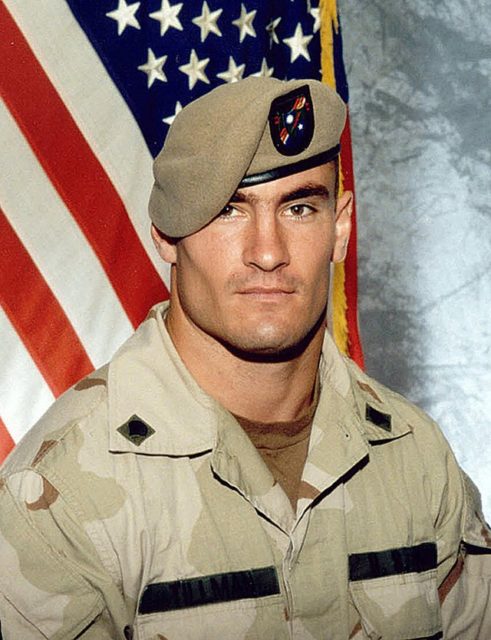
After completing basic training, Pat and Kevin Tillman took on the Ranger Assessment & Selection Program. Both passed and were assigned to the 2nd Ranger Battalion at Fort Lewis, Washington. While Tillman had hoped to join the fight in Afghanistan, he and his brother were deployed to Iraq. According to those close to him, he didn’t agree with America’s presence in the country, with some alleging he called the conflict “illegal.”
Upon returning to the US, the Tillman brothers enrolled in the Ranger School at Fort Benning, Georgia. A few months after their graduation, they were deployed to Afghanistan and stationed at Forward Operating Base (FOB) Salerno.
Pat Tillman loses his life in Afghanistan
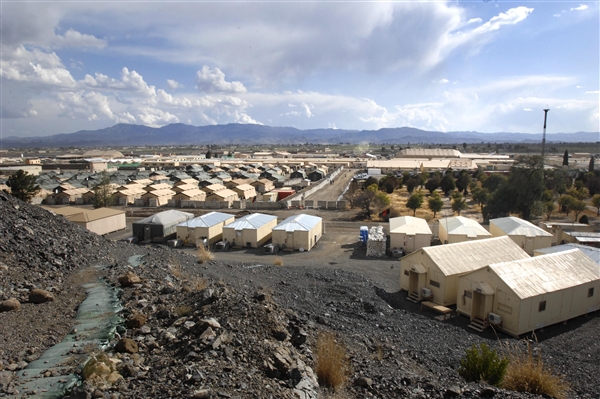
The circumstances surrounding Pat Tillman’s death on April 22, 2004 are murky, at best. The US Army initially claimed he was killed during a firefight with enemy combatants. However, subsequent investigations uncovered that he’d actually lost his life to friendly fire.
On that day, Tillman, along with the rest of A Company, 2nd Ranger Battalion, 75th Ranger Regiment, were moving through a remote canyon near a small village, tasked with searching for Al-Qaeda and Taliban fighters. According to the Army, they were split into two, due to a broken vehicle, after which they were ambushed. Tillman was shot and killed, along with an Afghan Militia Force soldier, while two others were injured.
That was the story the Army released to the public, and to cement their version of events, the service awarded Tillman the Silver Star and Purple Heart. They also posthumously promoted him to the rank of corporal. The citation for the Silver Star reads:
“Caught between the crossfire of an enemy near ambush, Corporal Tillman put himself in the line of devastating enemy fire as he maneuvered his fire team to a covered position where they could effectively employ their weapons on known enemy positions. His audacious leadership and courageous example under fire inspired his men to fight at great risk to their own personal safety.”
Investigations force US Army officials to reveal the truth
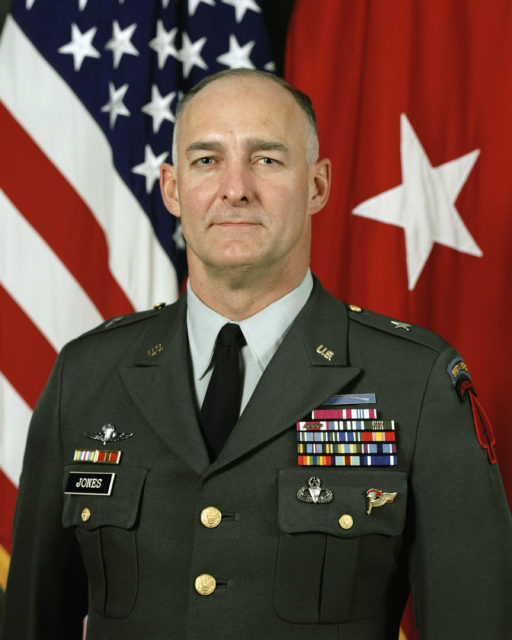
As aforementioned, the version of events presented by the US Army wasn’t what resulted in Pat Tillman’s death. In actuality, he was killed by friendly fire, a fact the service knew within 24 hours of the incident, thanks to an investigation by an officer in his battalion. However, it took five weeks for officials to openly state that the Ranger had been the victim of gunfire from his comrades.
According to a study of the autopsy report, conducted over two years after Tillman’s death, it was likely he’d been shot three times in the head with an M249 light machine gun, which uses the same caliber rounds as the M16 rifle and M4 carbine.
Investigations were conducted by the Department of Defense, Brig. Gen. Gary M. Jones and the Army’s Criminal Investigative Division (CID) into Tillman’s death. On top of this, the House Committee on Oversight and Government Reform had members of his company testify as to what they witnessed. The last person to see him alive, Spc. Bryan O’Neal subsequently revealed he was advised by his superiors to not speak about what had actually happened, especially with Tillman’s family.
None of the investigations found sufficient evidence to prove that Tillman’s death was the result enemy gunfire. Everything pointed toward an act committed by an American serviceman.
What did the investigations reveal about Pat Tillman’s death?
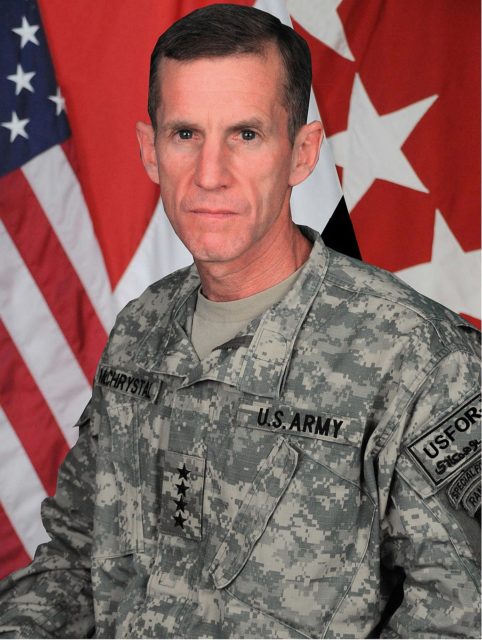
It’s one thing to know that the subsequent investigations found Pat Tillman was killed by friendly fire and another to know what they found. The one by Brig. Gen. Gary M. Jones caused the most uproar, as it was among the first to share what occurred on April 22, 2004.
Along with being shot three times in the head, Jones’ investigation uncovered that the bullets had come from just 10 yards away, meaning the individual who’d pulled the trigger was standing relatively close to Tillman. Jones also found that Lt. Gen. Stanley McChrystal, who’d approved the fallen Ranger’s Silver Star, had sent out a memo warning Army officials that his death may have been the result of friendly fire.
Among the most damning evidence uncovered by Jones was that Tillman’s comrades took his body armor, uniform and notebook and set them ablaze in an attempt to hide what had happened. Those involved were later punished for their actions.
While the Pentagon agreed that Tillman had ultimately fell victim to friendly fire, officials continued to state the incident occurred under a flurry of enemy gunfire. They claimed that, despite attempts by Tillman and his fellow Rangers to identify themselves as friendlies to their comrades, they were mistaken for militants and shot at.
However, documents released through a Freedom of Information Act request by the Associated Press showed that no evidence of enemy fire was found at the scene, nor did any of Tillman’s comrades show signs of having engaged in a firefight. They also revealed that Army doctors had told investigators that his death should be considered a murder, as the “medical evidence did not match-up with the scenario as described.”
Reaction to the alleged US Army coverup
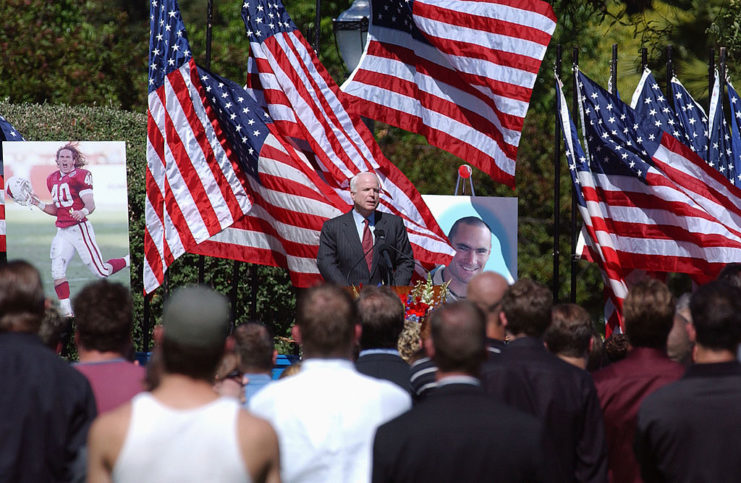
Understandably, Pat Tillman’s parents were outraged when they discovered what had actually happened to their son. They learned he had been killed by friendly fire weeks after a public memorial was held for him, where Sen. John McCain (R-Az) delivered the eulogy.
Upon learning the truth, the pair were quick to criticize the US Army, collectively stating that the service had lied to both use their son as a poster boy and keep public opinion in favor of the ongoing conflicts in Afghanistan and Iraq. They each later expanded on their positions, with Patrick accusing the Army of “purposely” interfering to avoid a decrease in recruitment numbers and Mary claiming the service wanted to “cover their image.”
Pat Tillman’s legacy
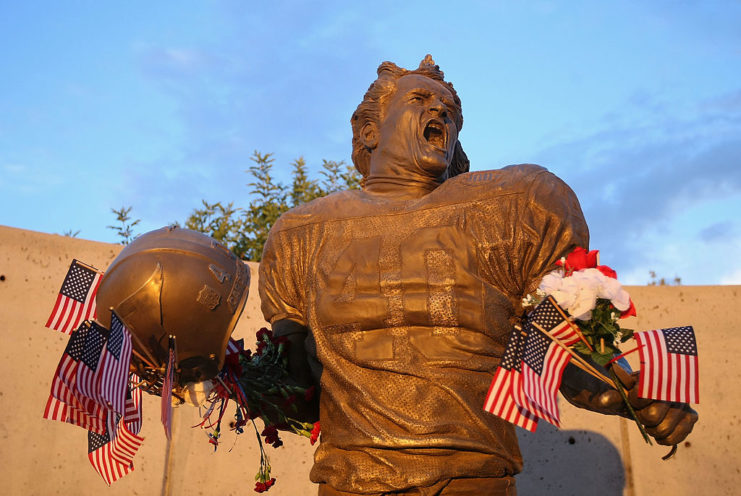
Immediately following Pat Tillman’s death, the Arizona Cardinals retired the number 40, which he’d worn during his time with the team. The Sun Devils at Arizona State University also retired his number 42. Both have also created permanent memorials to Tillman. The plaza surrounding the stadium where the Cardinals play was renamed the Pat Tillman Plaza, while parts of ASU have been renamed for him.
Tillman’s family and friends have since established the Pat Tillman Foundation, which aims to promote positive change in the world and holds an annual fundraiser in the fallen Ranger’s name. On top of this, he was also posthumously inducted into the College Football and Arizona Sports Halls of Fame.
The NFL has also done its part to honor Tillman’s legacy. In 2004, the league donated $250,000 to the USO to establish the Pat Tillman USO Center at Bagram Airfield. The center, unveiled in April 2005, was the first of its kind to be erected in Afghanistan.
More from us: NFL Players Who Lost Their Lives Serving in the US Military
However, not everyone has been happy with how the NFL has covered Tillman’s passing. Following Super Bowl LVII in February 2023, many took to social media to criticize the league for its tribute to him during the game. According to many, important parts of the story were left out of the coverage.
